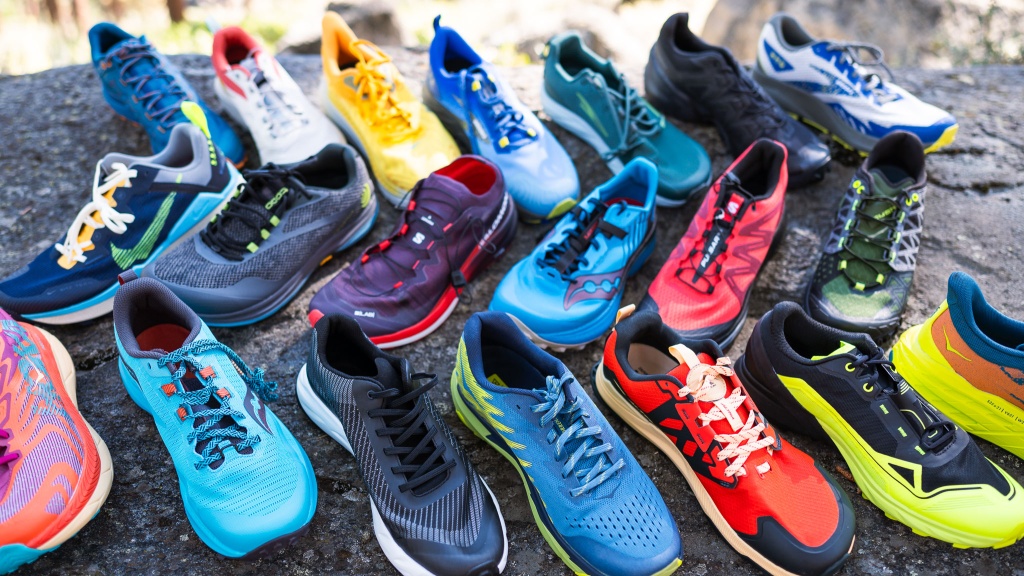
Choosing the right pair of running shoes is crucial for both comfort and performance. Whether you’re a seasoned runner or just starting out, having the perfect running shoes can make a significant difference in your running experience. With countless options available in the market, finding the ideal pair can be overwhelming. In this comprehensive buyer’s guide, we will walk you through the key factors to consider when selecting running shoes, ensuring you find the perfect fit for your needs and preferences.
1. Know Your Foot Type:
Understanding your foot type is essential for finding the right running shoes. The three main foot types are:
a) Pronated Feet: If you have pronated feet, your arches tend to collapse inward during running. Look for shoes with good stability and motion control features to help correct your foot alignment.
b) Supinated Feet: Supinated feet have high arches, causing the foot to roll outward during running. Look for shoes with extra cushioning and flexibility to absorb shock and provide support.
c) Neutral Feet: Neutral feet have a balanced arch and roll slightly inward during running. Look for shoes that offer a combination of cushioning and stability for optimal support.
2. Consider Shoe Cushioning:
The level of cushioning you need depends on your running style, distance, and personal preference. There are three main types of cushioning:
a) Minimalist: Minimalist shoes provide the least amount of cushioning and are designed to mimic barefoot running. They are suitable for experienced runners with a natural running gait.
b) Moderate Cushioning: Most running shoes fall into this category, offering a balance of cushioning and responsiveness. They provide adequate shock absorption for most runners.
c) Maximum Cushioning: These shoes have the thickest midsole and offer the highest level of cushioning. They are ideal for runners with a heavy foot strike or those seeking extra protection during long-distance runs.
3. Look for Proper Fit:
Finding the right fit is crucial for comfort and injury prevention. Consider the following tips:
a) Length: Ensure that there is about a thumb’s width of space between your longest toe and the front of the shoe.
b) Width: The shoe should provide a snug fit without squeezing or constricting your feet.
c) Heel Support: The heel should feel secure and not slip or rub against the shoe.
d) Try Before Buying: Visit a specialty running store and try on different brands and models to find the best fit for your feet.
4. Determine the Shoe Type:
Running shoes are categorized into three main types based on their intended use:
a) Road Running Shoes: Designed for pavement and even surfaces, these shoes prioritize cushioning, flexibility, and lightweight construction.
b) Trail Running Shoes: These shoes are built to handle off-road terrains, featuring aggressive tread patterns, durable outsoles, and added protection for uneven surfaces.
c) Cross-Training Shoes: If you engage in a variety of activities, including running, gym workouts, or sports, cross-training shoes provide versatility and support for different movements.
5. Test and Break-In Period:
Once you’ve found a potential pair of running shoes, take them for a test run. Pay attention to how they feel, including cushioning, support, comfort, and any potential discomfort or pressure points. Allow for a break-in period to ensure the shoes adapt to your feet and running style.
Finding the perfect running shoes is a personal journey that requires careful consideration of factors such as foot type, cushioning, fit, and shoe type. Investing time and effort in selecting the right pair will greatly enhance your running experience, reduce the risk of injuries, and improve your overall performance. Use this comprehensive buyer’s guide as a roadmap to finding the ideal running shoes that will support you on your running journey.
